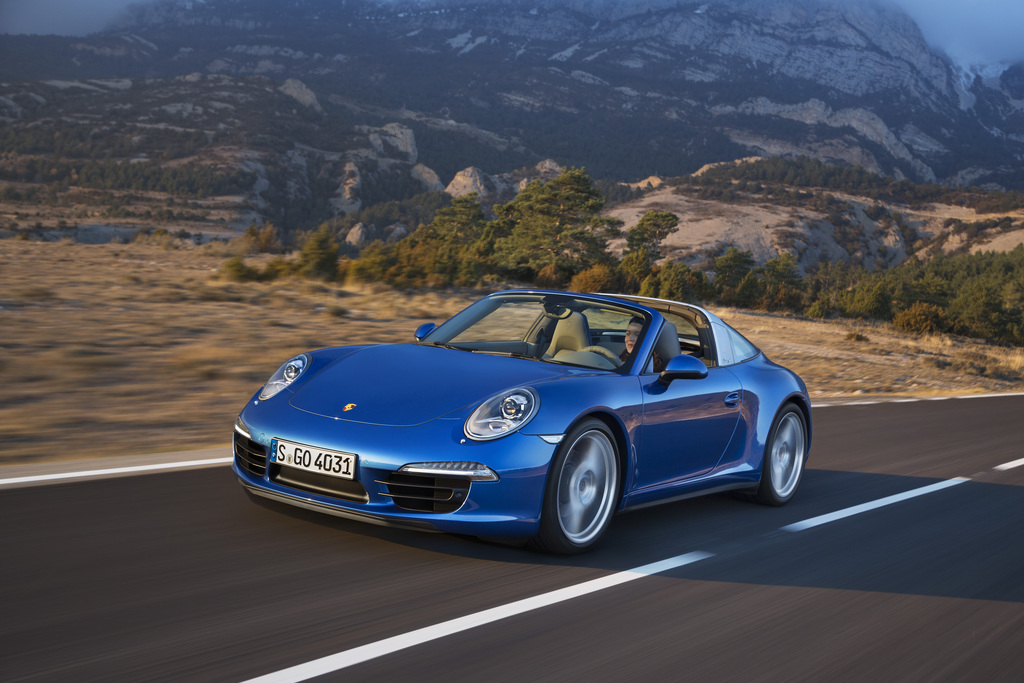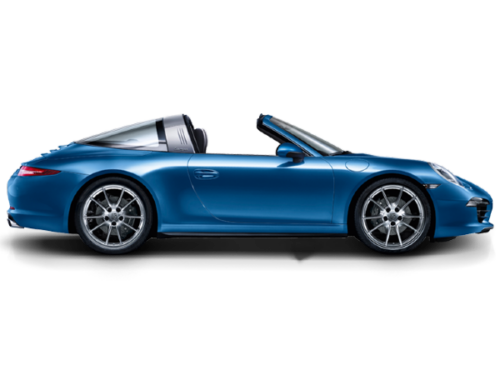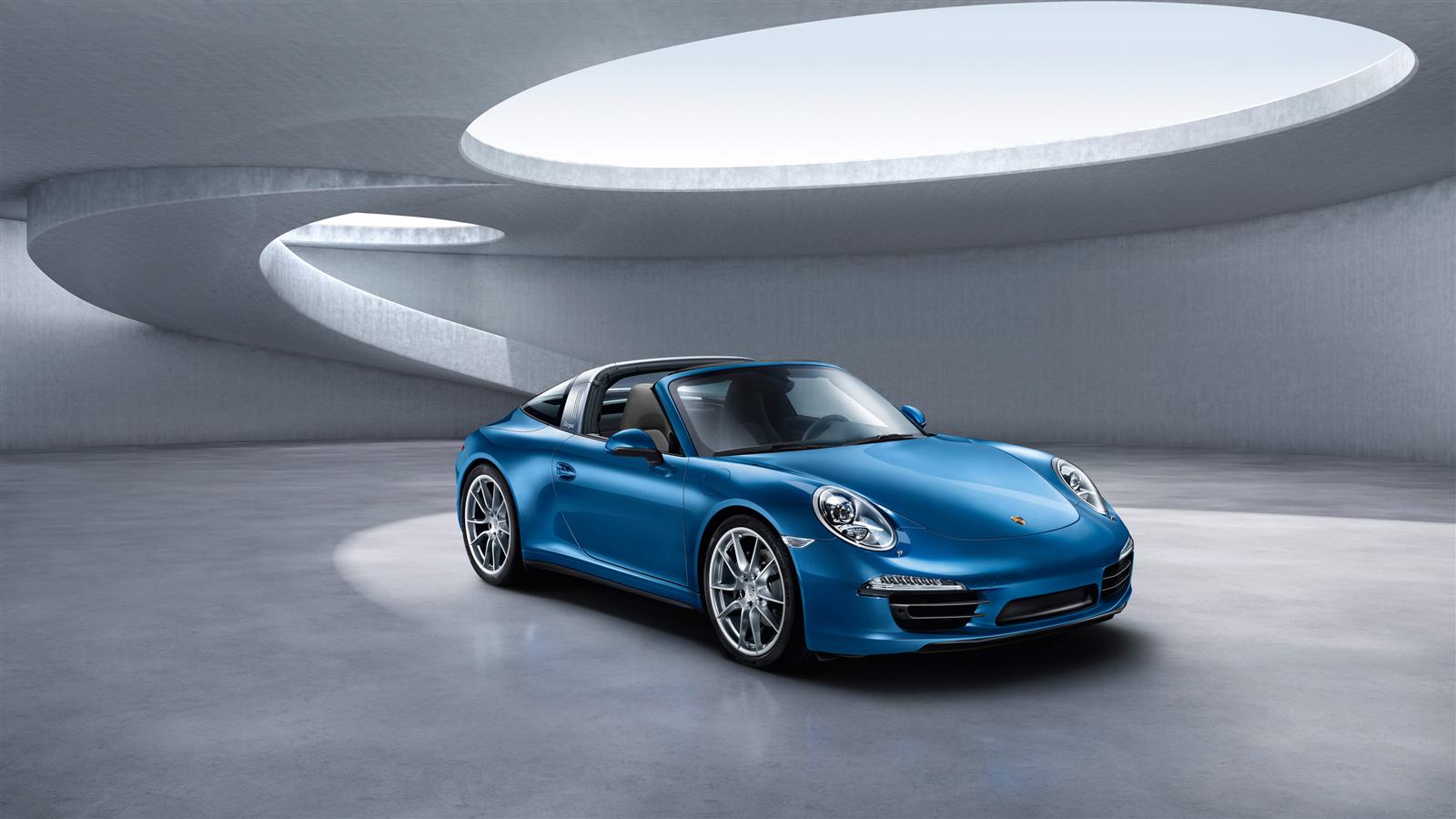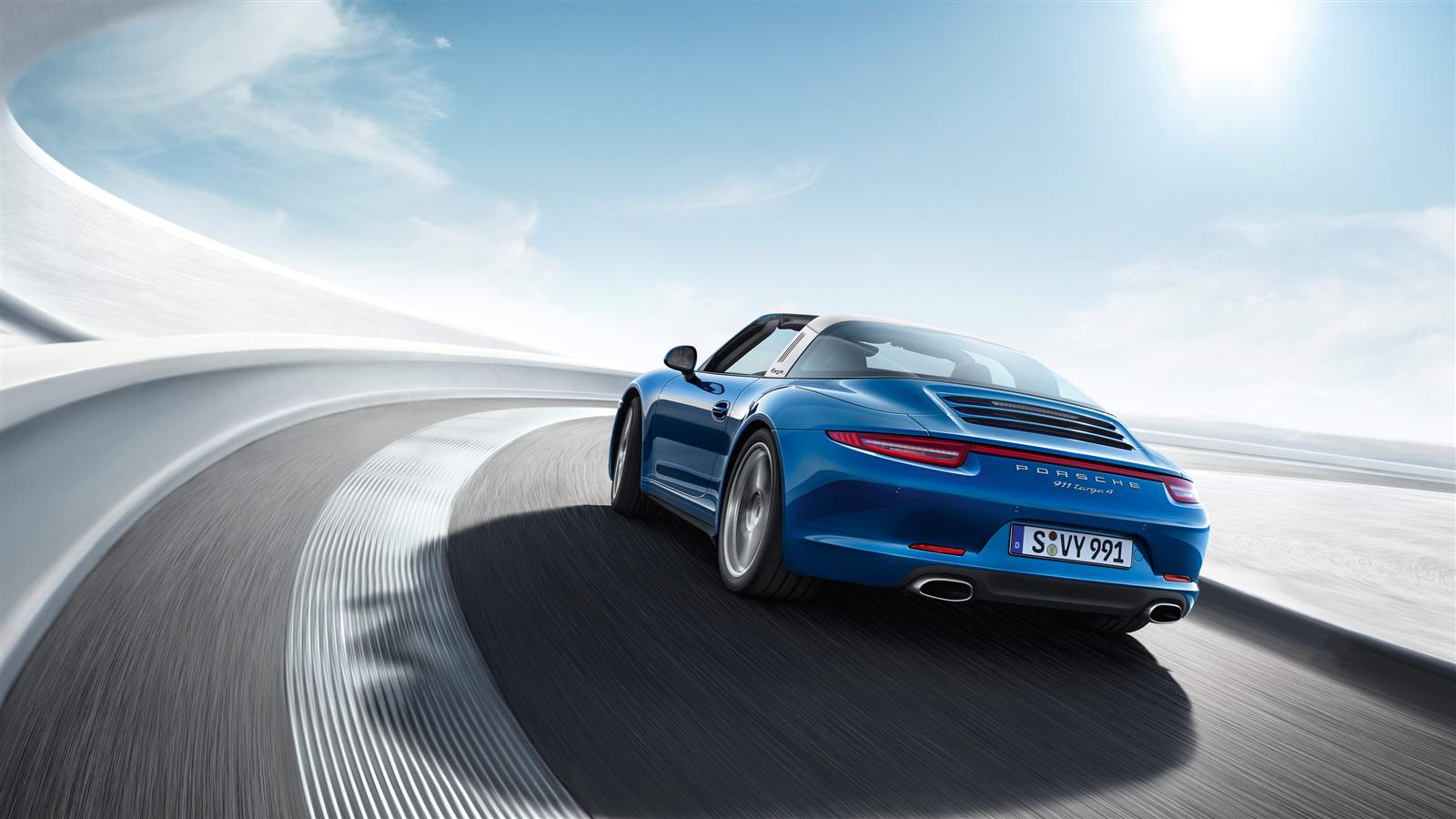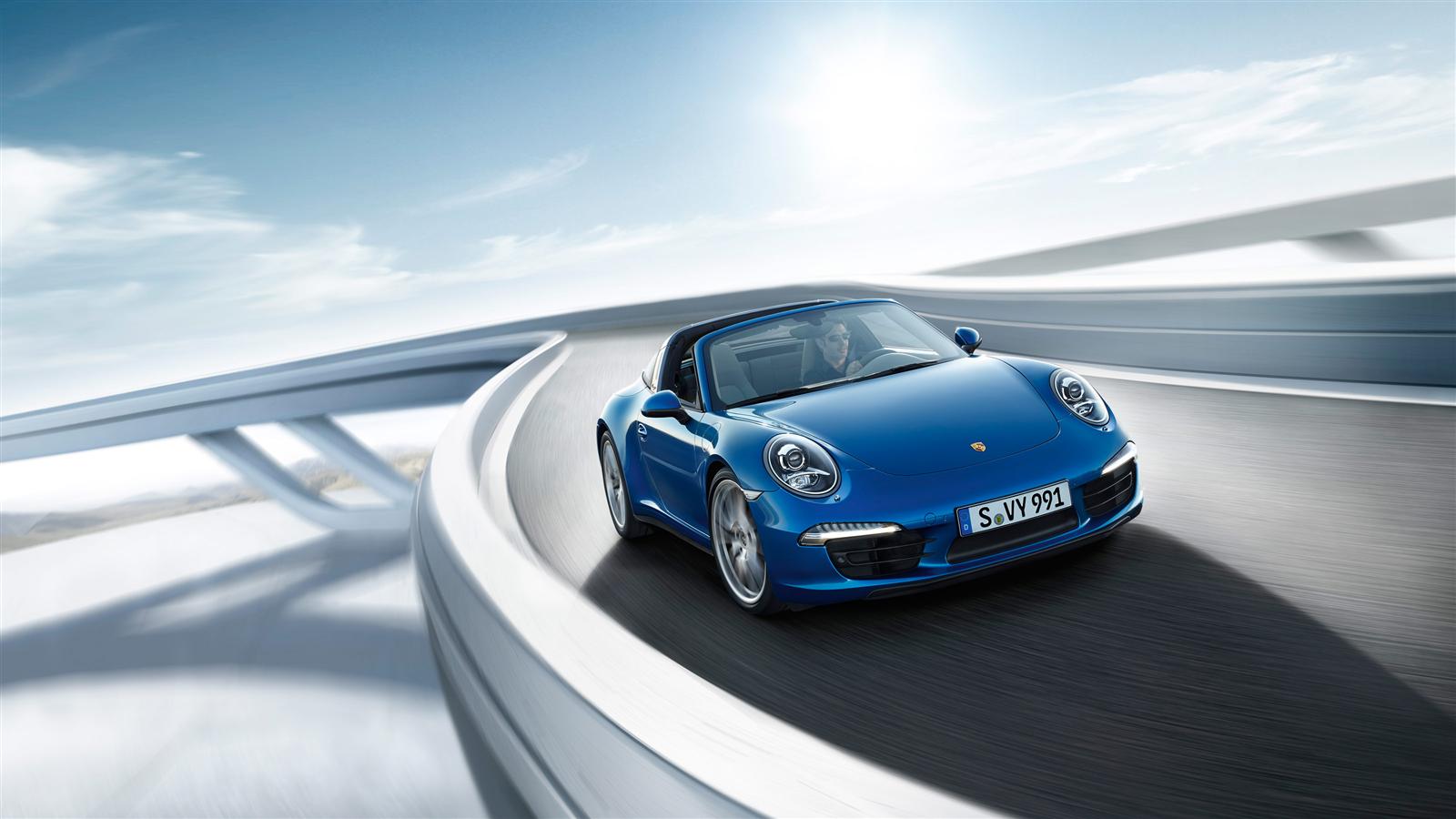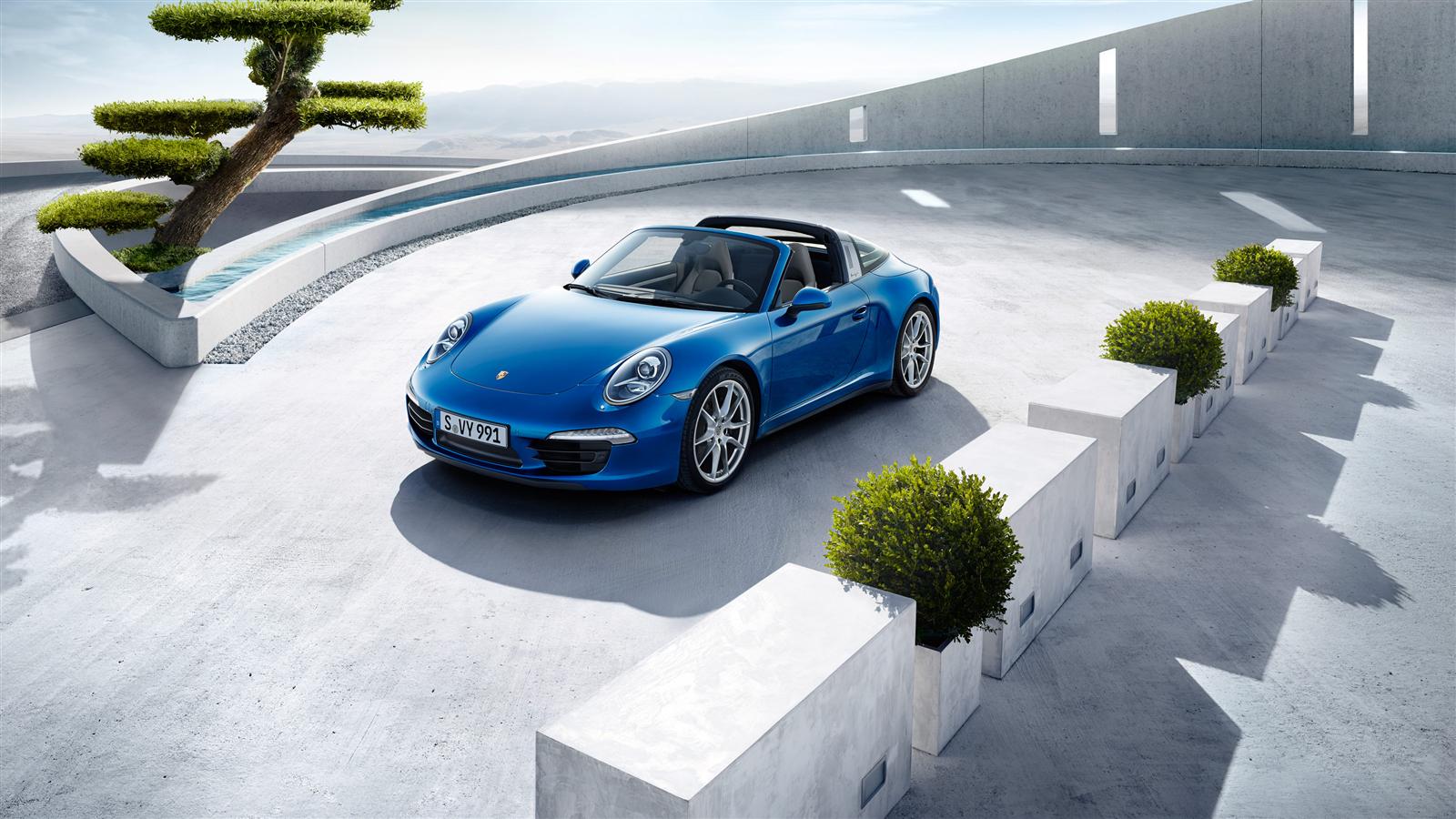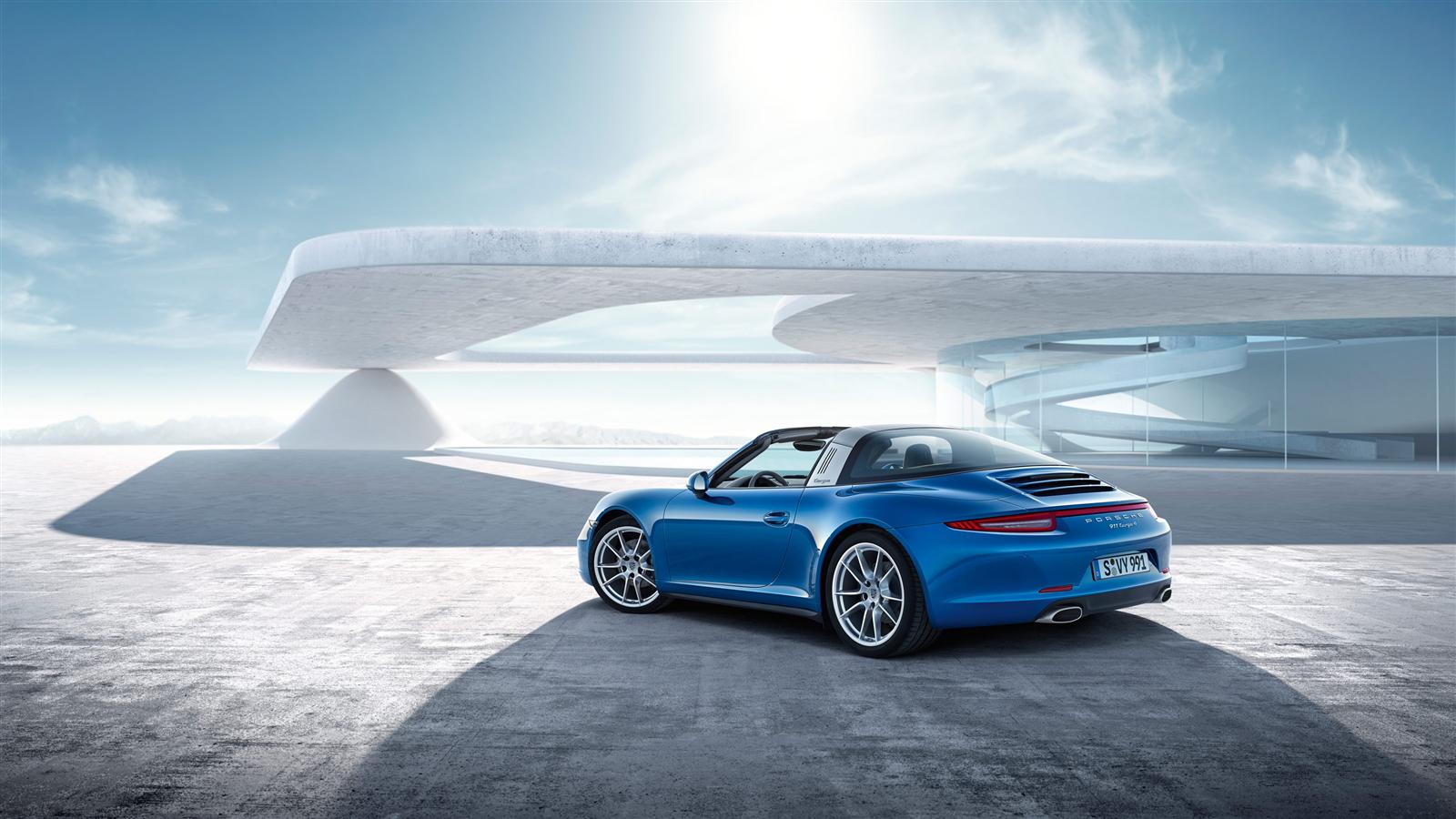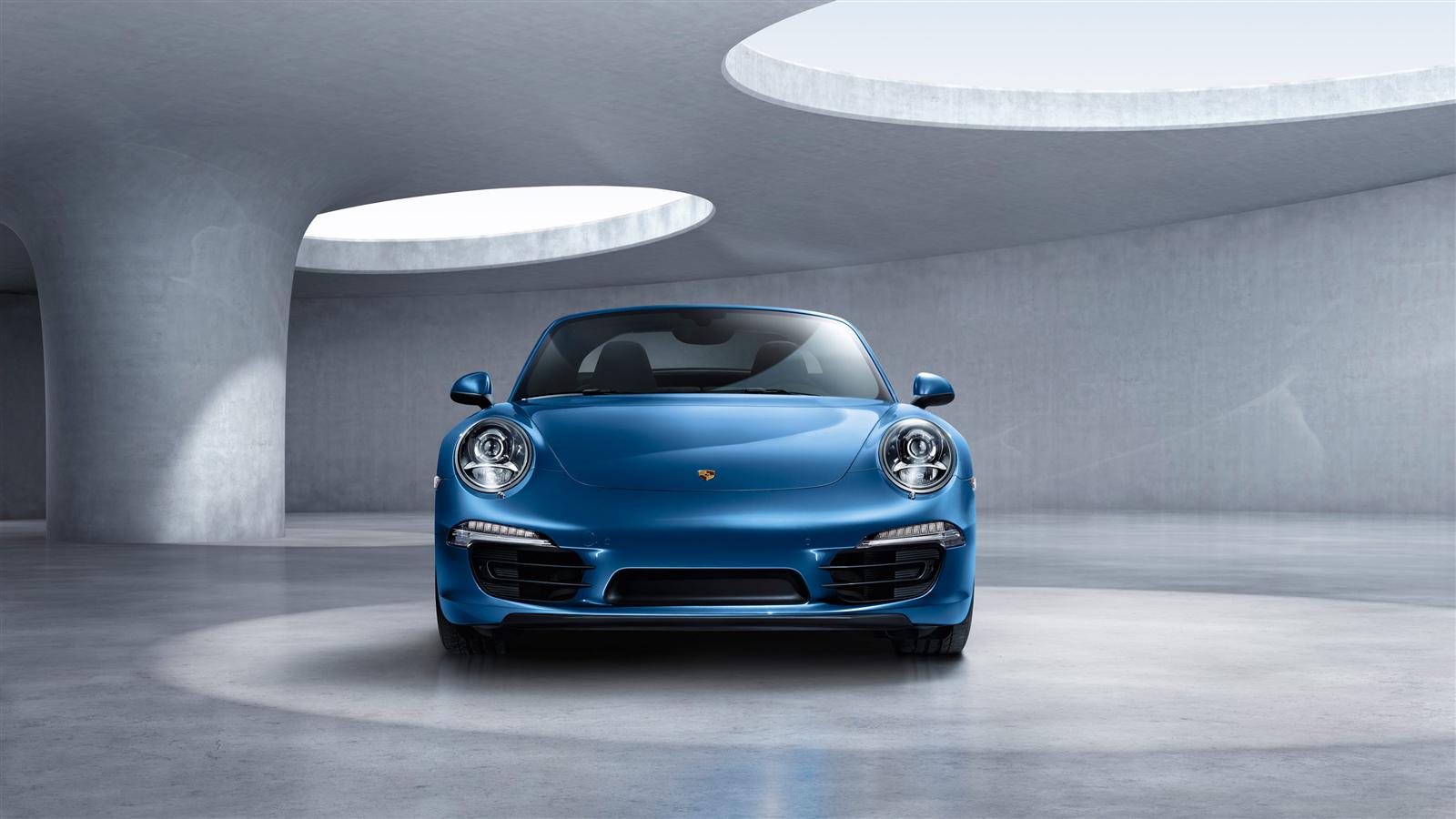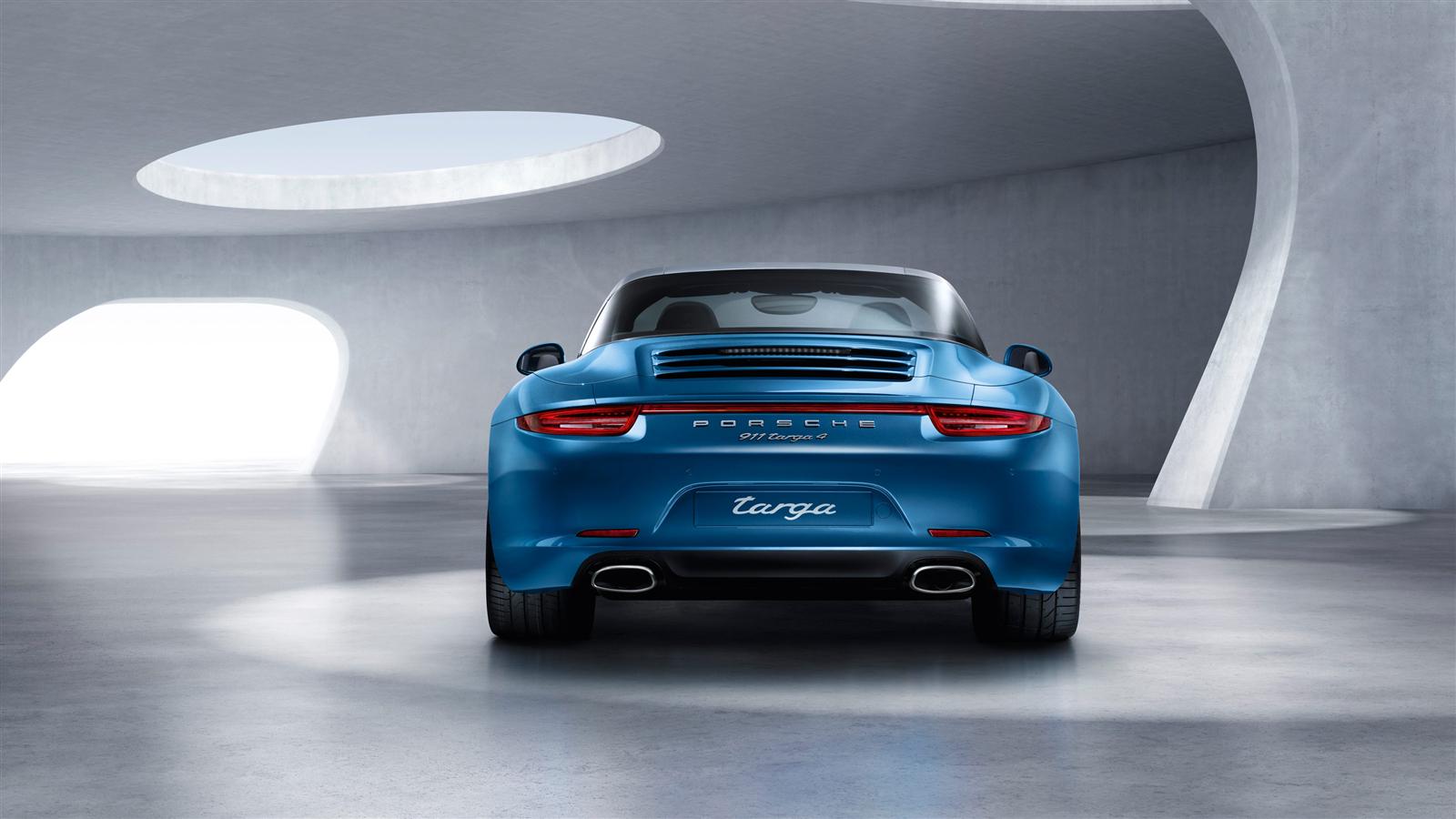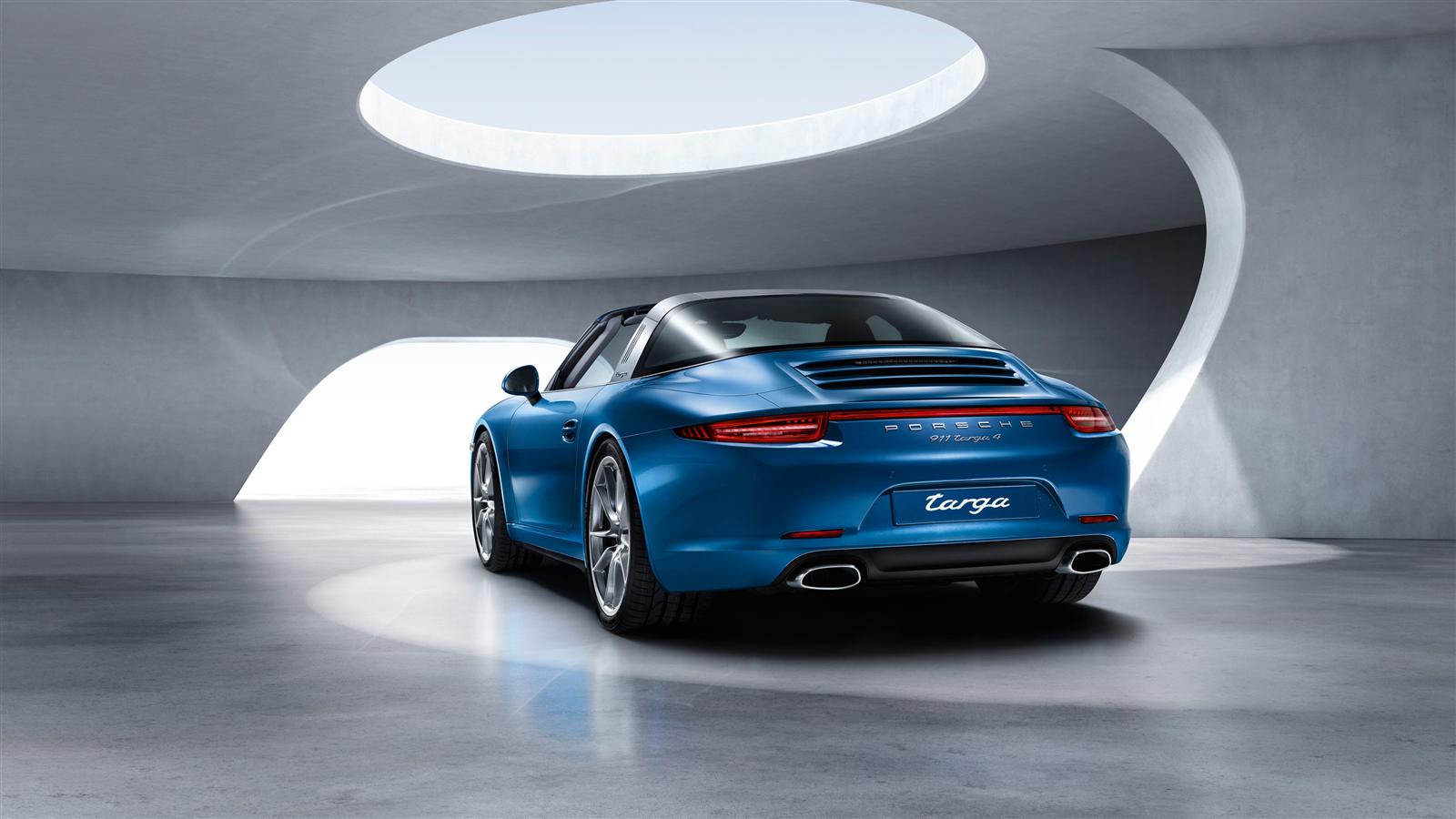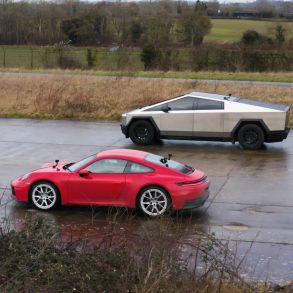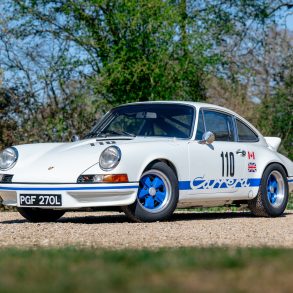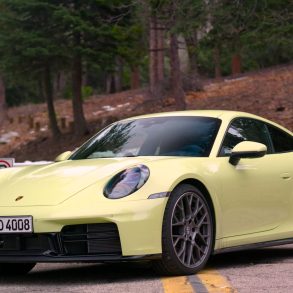(2014 – 2015) Porsche 911 Targa 4 (991) – Ultimate Guide
With the 993 Targa 911, Porsche had kept the Targa name but the Targa’s roof concept evolved from a lift-off top panel to basically an oversized sunroof. It was actually pretty practical, but the truth was that it wasn’t a true “targa”. Porsche kept this design for the 993, 996 and 997 (both 997.1 and 997.2) Targa models. It wasn’t hugely popular as a model, accounting for less than 10% of all sales in the last generation 997.
For this 991 generation Targa, Porsche went back to the original Targa concept, albeit with an even sexier design and some very cool technical tricks to boot. Porsche wanted to resurrect its classic design, but the company feared that owners would not want to get out of the car, lift off the roof panel, and stow it in the trunk. The other issue was, in the words of 911 product line director Dr. Erhard Mossle, “that the manual solution was a little bit old-fashioned.”
To get the old-school look without that old-fashioned work, the process is automated. The rear window and the body panel it sits on tilt up and rearward; meanwhile, the top, which like the Cabriolet’s consists of fabric-covered magnesium panels, moves backward over the brushed aluminum hoop, folds in on itself, and tucks into a tray at the base of the rear glass. The rear window and body panel then return to position. Unlike the Cabriolet, whose power top can be raised or lowered while on the move, the Targa must be stationary to perform its mechanical ballet. The whole operation takes nineteen seconds.
So, unlike the previous Targas, which offered a push-button sliding roof, the 991 Targa ditches the sliding operation in favor of this awesome clamshell-like affair that takes 19 seconds from start to finish. Very cool.
The 911 Targa 4 gets the same 350 horsepower, 3.4-liter six-cylinder motor as its hardtop siblings, and the Targa 4S gets the 400 horsepower, 3.8-liter motor found in the traditional 911 Carrera S models, good for 0-60 times of 4.6 and 4.2 seconds, respectively, and top speeds of 175 mph in the 4 and 183 in the 4S. Porsche also notes that the Targa has also been treated to model-specific chassis tuning to ensure the 911’s transformation into a semi-convertible doesn’t negatively effect its legendary handling prowess.
As with the 997, the Targa is available with four-wheel drive only, as buyers of an all-weather convertible evidently like the all-weather capability of four-wheel drive. That means that all Targas will have the wide-hipped body of all four-wheel-drive 911s. Each has a choice of seven-speed manual or seven-speed PDK (dual-clutch) gearboxes. The Targa adds 88 pounds compared with the Cabriolet, or 242 pounds versus the coupe.
There is a pop-up wind deflector bar on the windshield header, which Porsche claims reduces buffeting between 60 and 90 kph (37 – 58 mph). With the roof in place, the Targa seemed as quiet as a coupe. The roof has a cloth headliner, and none of the mechanisms are visible. There is some buffeting at higher speeds and while the windshield header helps, it is not perfect.
Pictures
Press Release
Atlanta. At the North American International Auto Show (NAIAS) in Detroit, Porsche is introducing two new models to the 911 range: the 911 Targa 4 and 911 Targa 4S. These models are the first to combine the classic Targa concept with cutting edge, innovative roof technology. Just like the legendary original 911 Targa of 1965, the new models feature the distinctive Targa roof bar, a movable front roof section, and a wraparound rear window. But unlike the classic 911 Targa, the roof segment can be opened and closed at the push of a button. The fully automatic roof system stows the Targa top behind the rear seats.
Both 911 Targa models exclusively come in AWD version, featuring the wider rear track and body, and the same Porsche Traction Management (PTM), found in all 911 all-wheel-drive models. It is an active all-wheel-drive system that helps to ensure the optimal distribution of drive power for optimum traction in most road scenarios, whether on long straights, through tight corners, or on surfaces with different friction coefficients. The combination of the wide body, the Targa bar, and the wraparound rear window results in an extremely sporty and low-slung profile.
The 911 Targa 4 is powered by a horizontally opposed 3.4-liter 6-cylinder engine with 350 hp. Equipped with the optional Porsche Doppelkupplung (PDK) and Sport Chrono package, the 911 Targa 4 accelerates from zero to 60 mph in 4.6 seconds and is capable of a top track speed of 174 mph (175 mph with the manual transmission). The 911 Targa 4S delivers 400 hp from its 3.8-liter horizontally opposed 6-cylinder engine, and accelerates from zero to 60 mph in 4.2 seconds when equipped with optional PDK and Sport Chrono package. The 911 Targa 4S is capable of reaching a top track speed of 183 mph when equipped with a manual transmission and 182 mph with PDK.
The 911 Targa 4 will have an MSRP of $101,600 while the 911 Targa 4S model will have an MSRP of $116,200. Both cars also have a destination charge of $995. Deliveries of the 911 Targa in the U.S. are scheduled to begin this summer.


